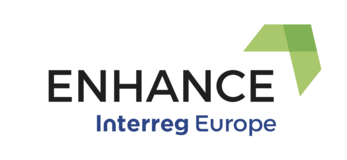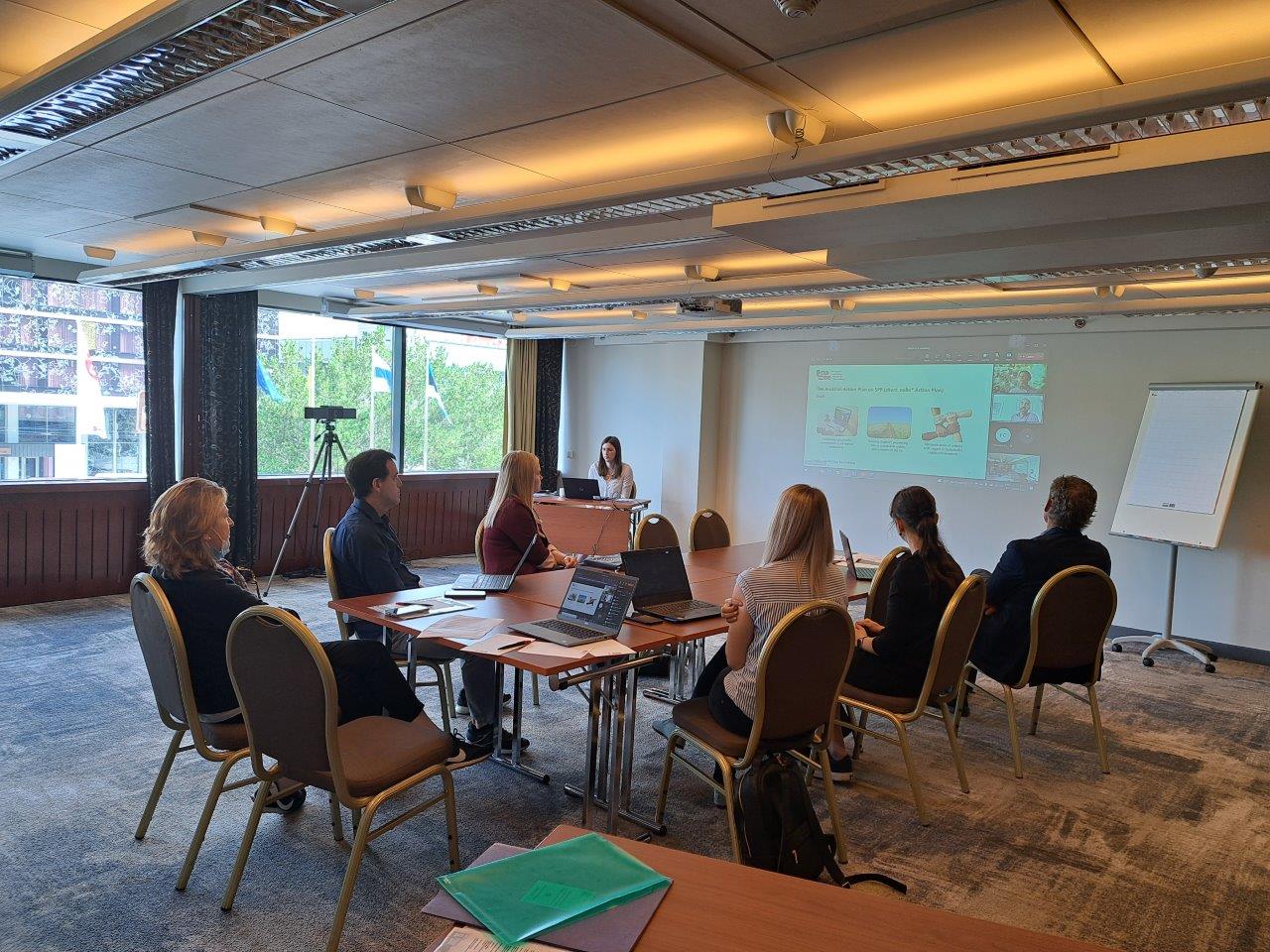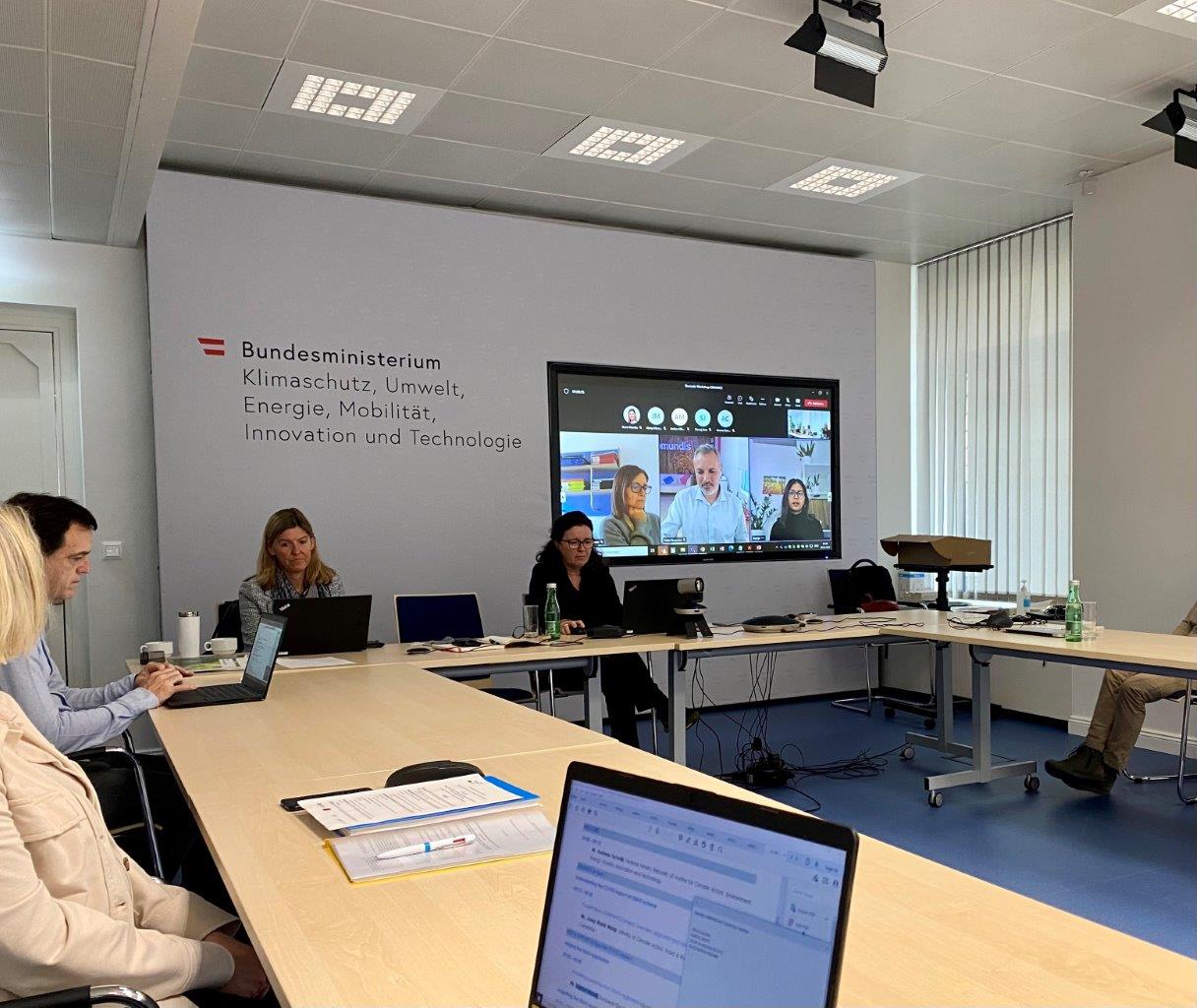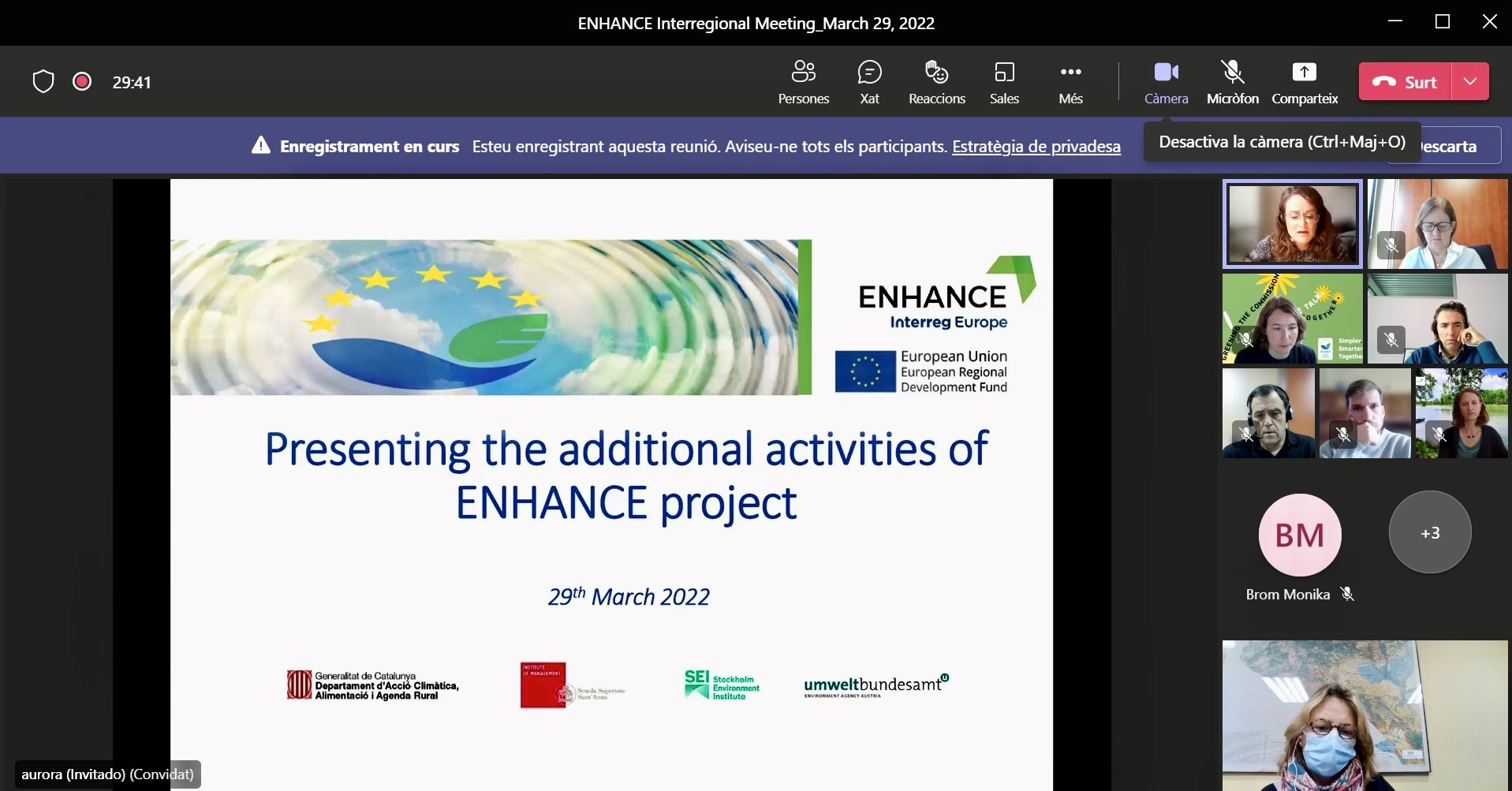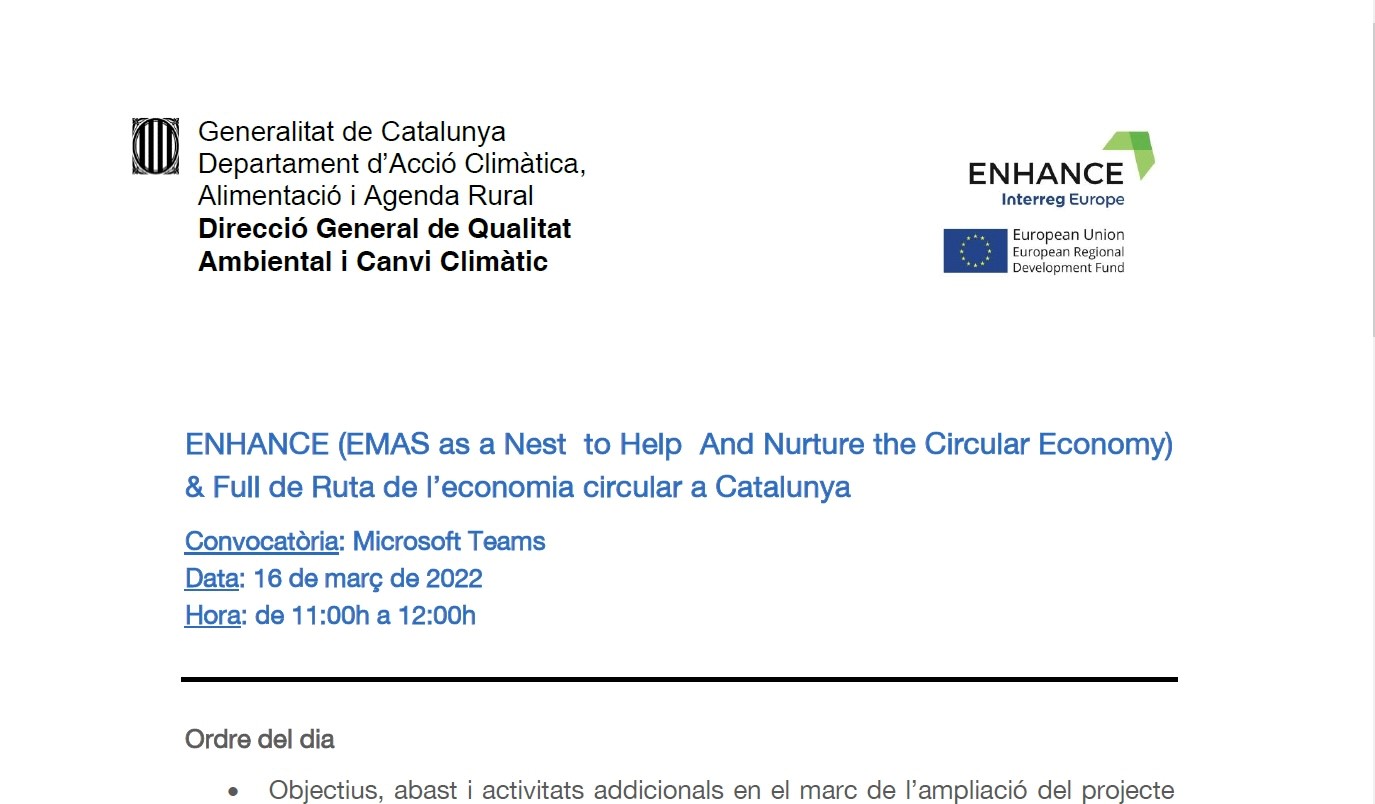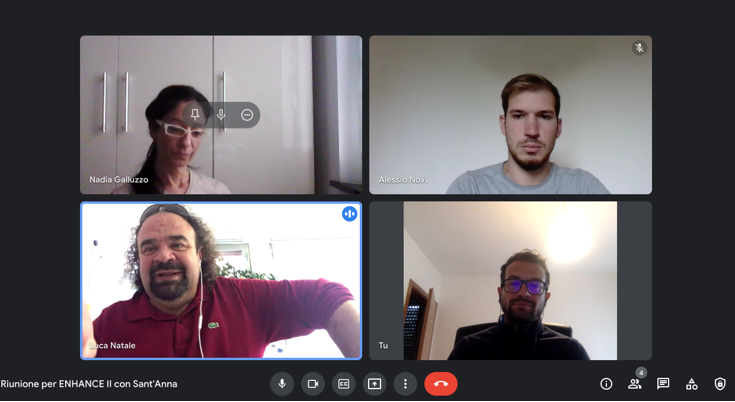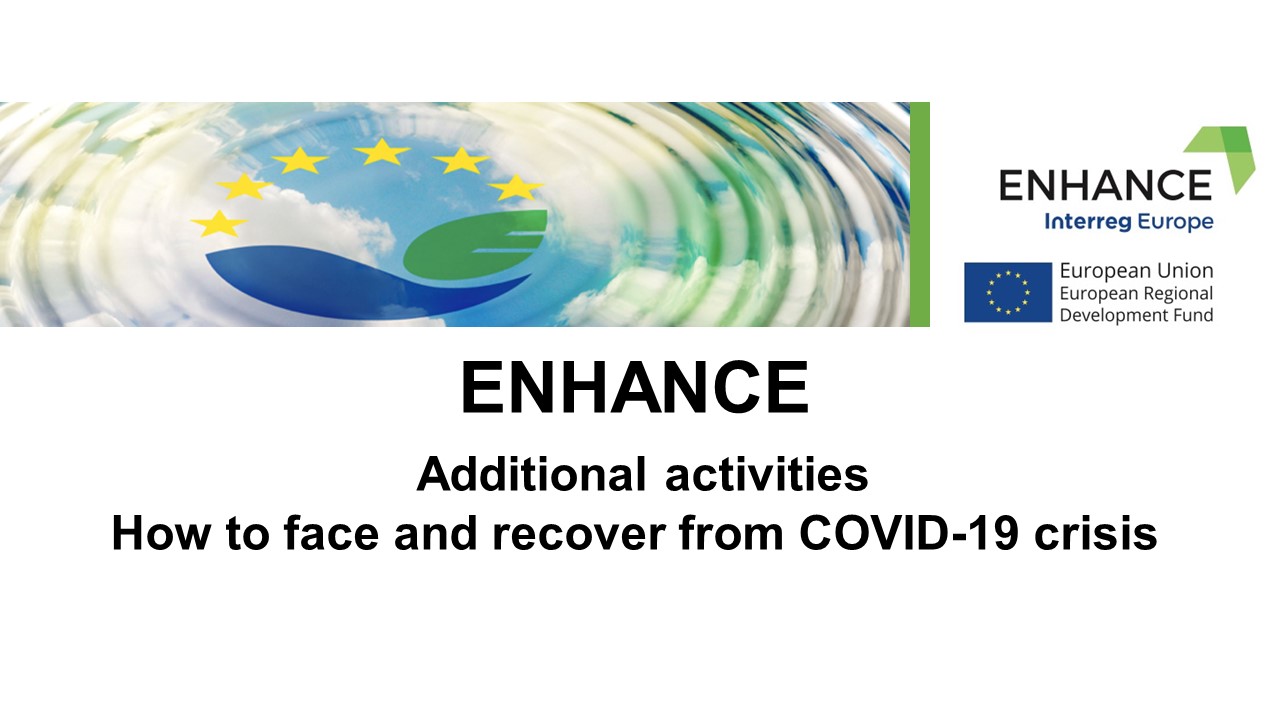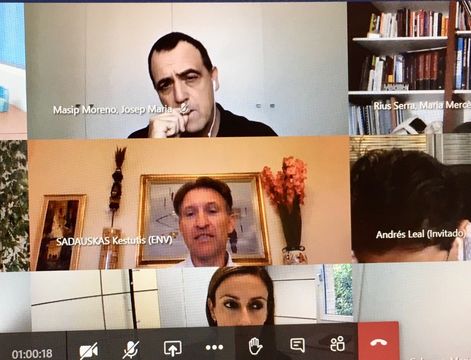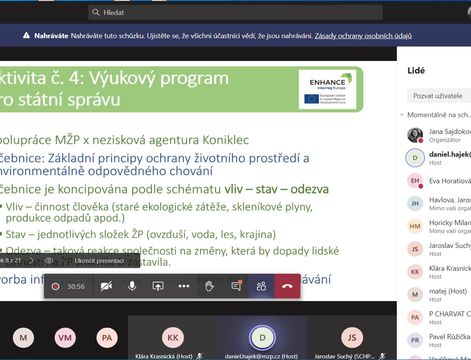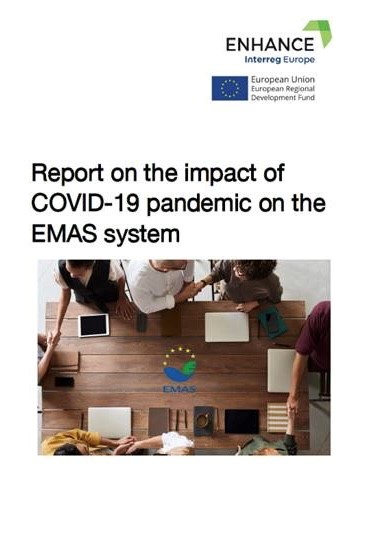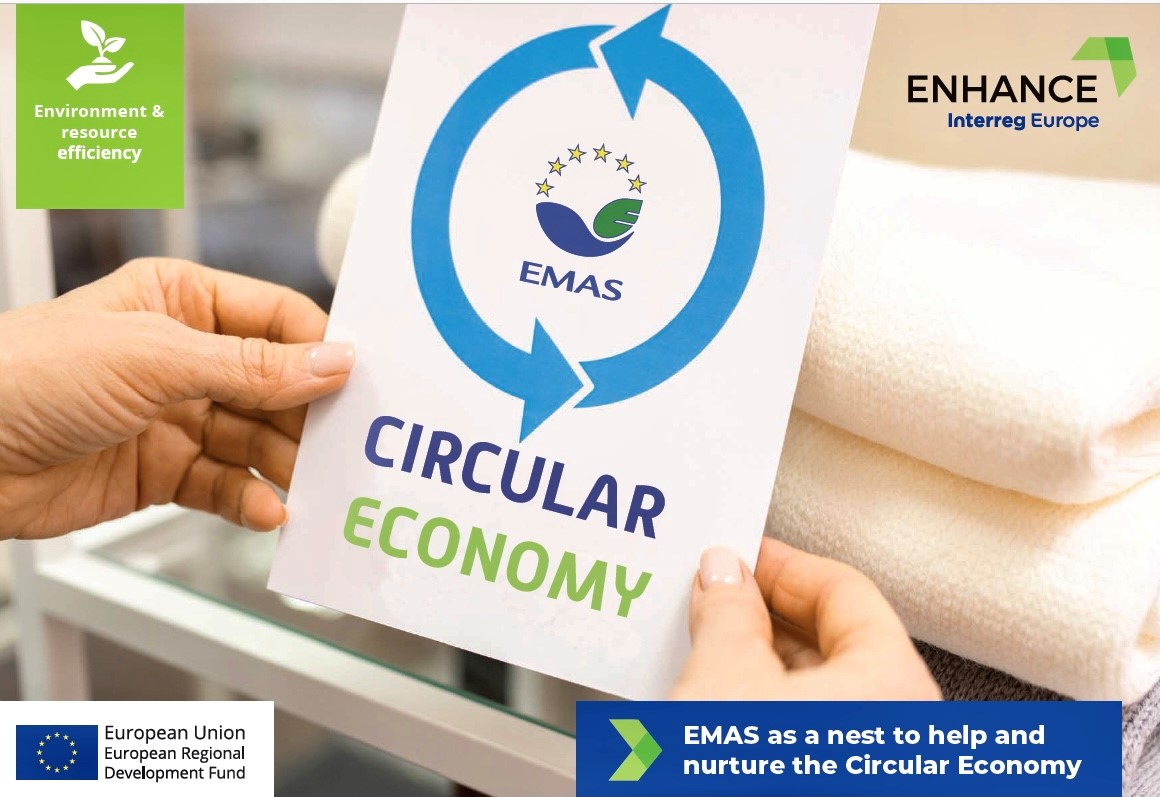Environmental Inspections and the role of the EMAS verifier
The 5th ENHANCE thematic workshop was organised by the Federal Environment Agency on June 20th and 21st in Vienna, Austria. The first day consisted of the Partner Meeting and a study visit to an EMAS organisation. During the Partner Meeting several project management issues were discussed. In the afternoon the Viennese Municipal Department 48 (waste management, street cleaning and vehicle fleet) was visited. It is an EMAS organization affected by environmental inspections but also a good example for circular economy. One department, the “48er-Tandler”, is a reuse shop with an additional value for the Viennese citizens. Its goal is to make reuse more attractive. All the sold goods are from the Viennese recycling centers, where well preserved goods can be emitted by residents.
The second day focused on synergies between external EMAS audits and environmental inspections. After all, the benefits that an interaction of the two systems bring are currently being underutilized. During the workshop all partner countries and regions gave presentations about their situation regarding environmental inspections and EMAS. The presentations showed that companies affected by environmental inspections benefited from EMAS, because responsibilities and structures are clearly set up and legal compliance is constantly monitored. Also environmental inspections at EMAS organizations are faster and easier for the authorities, because the companies are better organized due to the management system
For EMAS reviewers in Austria, the electronic data management portal EDM can be an important tool that also provides relevant information for EMAS audits. The portal simplifies the documentation, reporting and operating obligations of companies and makes information from environmental inspections transparent and publicly available. ENHANCE project partner Estonia is currently building a similar system.
To identify objectives, perspectives and specific next steps for EMAS and environmental inspections, three future orientated questions were discussed with all of the Workshop participants:
• What benefits should an EMAS organization have regarding environmental inspections?
• How could the BAT Conclusion 1 Environmental Management Requirements be related to EMAS?
• How should the ideal cooperation between EMAS verifiers and environmental inspection authorities look like?
Findings of the workshop are now used to draw up Actions Plans and to work on possible new regulatory reliefs.
